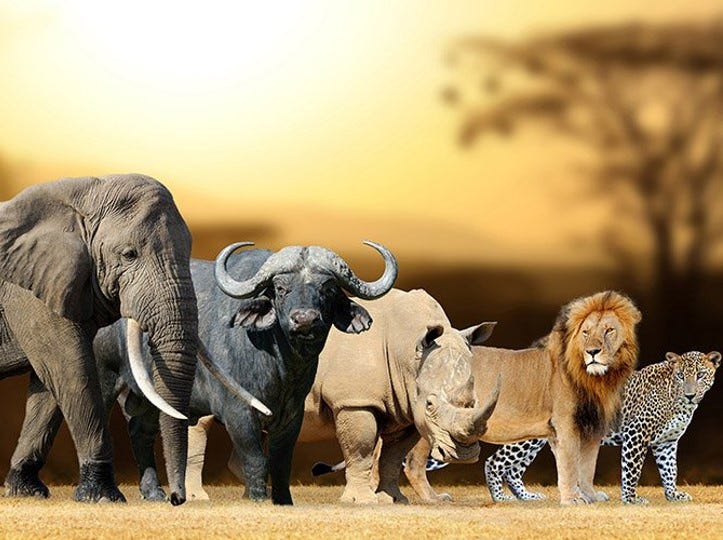Five Traits to Rule Them All
Most stand-alone personality traits can be subsumed to the Big Five
The Big Five is the most popular personality model in psychology. Advocates claim that it captures most of the variation in people’s personalities. If that’s right, though, why are there so many stand-alone personality traits - traits such as grit, empathy, and self-esteem, which are usually considered independent of the Big Five? In a fascinating recent paper, personality researchers assessed whether the stand-alone traits could be incorporated into the Big Five model. Sure enough, most could. This suggests that the traits are not independent of the Big Five after all, but are instead sub-traits of the Big Five - a finding that has important implications for future research on personality.
The Question
In the world of personality psychology, the Big Five is a very big deal.1 According to its proponents, differences in people’s personalities can be boiled down to just five essential traits: Neuroticism, Extraversion, Openness to Experience, Agreeableness, and Conscientiousness. Each of these traits can be further divided into various sub-traits or facets. The facets of Neuroticism, for instance, include Depression, Anxiety, and Anger; the facets of Extraversion include Cheerfulness and Excitement Seeking; and the facets of Conscientiousness include Achievement-Striving and Cautiousness.
In many ways, the Big Five has been a runaway success. The model is widely accepted among psychologists as a comprehensive framework for personality; it’s inspired a huge amount of replicable research; and it’s even caught on in the mainstream culture. Its only real competition in the academic world is a six-factor model known as the HEXACO, which is basically the Big Five plus a new honesty-humility factor.
But despite the Big Five’s dominance, the model hasn’t stemmed the rising tide of new stand-alone personality traits: traits proposed and studied without reference to the Big Five model. According to one estimate, there are now more than 4,000 scales aiming to measure stand-alone traits. These are usually assumed to be independent of the Big Five. As such, they pose an implicit challenge to the Big Five’s claim to provide an all-embracing framework for personality.
But are the stand-alone traits really distinct from the Big Five, and is the challenge valid?



